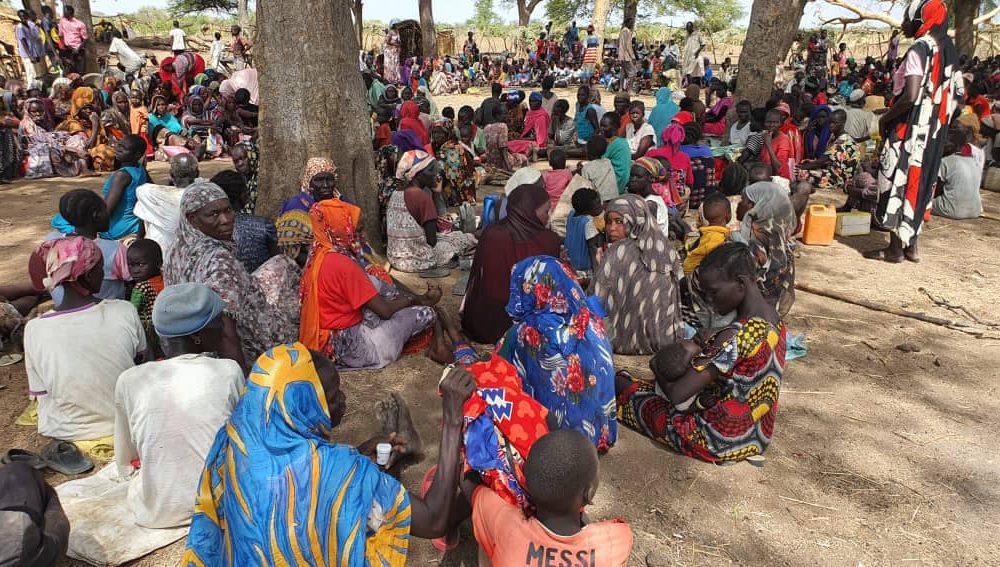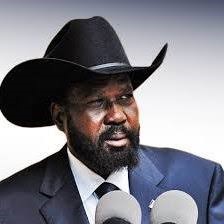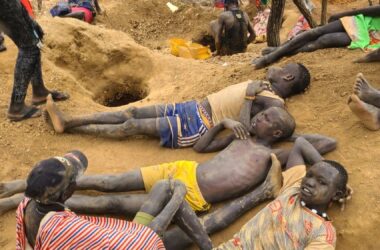By William Madouk
More than 30,300 people including returnees, Sudanese refugees and other nationals have crossed into South Sudan.
The UN Office for the Coordination of Humanitarian Affairs (OCHA) has report noted that over 90 percent enter through Joda, in Renk, Upper Nile State.
“Since 16 April, over 30,300 people including South Sudanese returnees, refugees and third-country nationals have been registered moving from Sudan to South Sudan,” the UNOCHA report reads in part.
“The daily influx of population has significantly increased over the past four days, the highest number 4,264 registered on 27 April,” it added.
The fighting in Sudan has continued to prompt a wave of people to seek sanctuary in neighboring countries.
OCHA said that those arriving are exhausted and very vulnerable, with limited resources to move from Renk to other places in South Sudan and reception areas are now crowded.
Authorities with support from humanitarian partners are exploring various options to transport South Sudanese returnees to safe locations.
Acting coordinator for OCHA, Peter Van Der Auweraert said: “It was heartbreaking to witness so many people forced to leave everything behind and flee to South Sudan seeking safety,”
He noted that civilians were always the first victims of conflict and unfortunately not different in Sudan.
He added, “The people we met, and saw were mentally and physically exhausted from what they went through in Khartoum and on their perilous journey to safety here in South Sudan.”
On Monday, the Humanitarian Coordinator and the Minister of Humanitarian Affairs, led a team to Renk in Upper Nile State to assess the situation.
The humanitarians agency cautioned on the daily increase in numbers amid the logistical challenges in providing assistance, especially in difficult-to-reach areas.
According to report, an estimated 9.4 million people, 76 per cent of South Sudan’s population, projected to need humanitarian and/or protection assistance in 2023.
Prior to this latest crisis, South Sudan has 2.2 million internally displaced persons; over 1.4 million people who identify as returnees.
Whereas over 5.8 million resident populations who are projected to have critical live-threatening needs and 337,000 refugees.
In 2023, humanitarian partners are targeting 6.8 million people with urgent life-saving assistance and protection services.
As of 2 May 2023, the Humanitarian Response Plan is reported as funded at 25 per cent.
Sudan hosted 1.13 million refugees before the conflict started — one of the largest refugee populations in Africa.
Of those, 800,000 are South Sudanese, with Eritreans the second-largest group, numbering 126,000. There are also 58,000 Ethiopians, mainly hosted in two eastern camps.
Axel Bishop, the UNHCR’s representative in Sudan, said Friday that up to 30,000 people, mainly South Sudanese refugees, had moved south from Khartoum to White Nile State, closer to their own border.
Ethiopian and Eritrean refugees are also moving closer to their own borders, he added.
Sudan counts around 3.7 million internally displaced persons, mostly in the volatile western Darfur region.
The UN’s International Organization for Migration (IOM) said Tuesday that “at least 75,000 people have been internally displaced in Sudan by the crisis”.
It said that in the South Darfur region, up to 37,000 people are thought to have been displaced across Nyala town.




